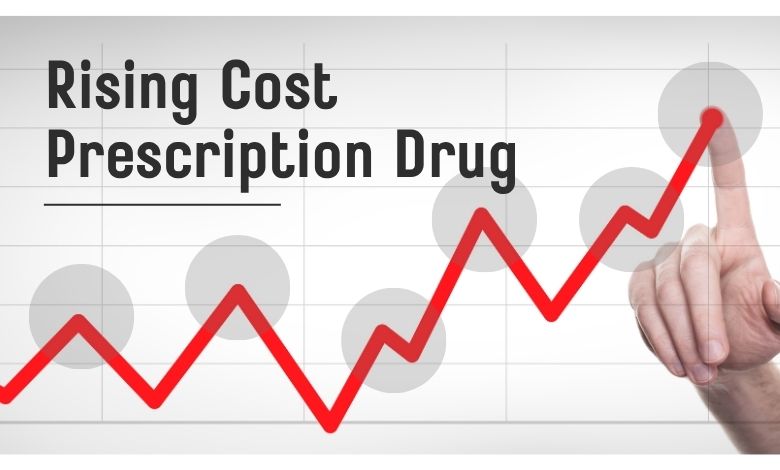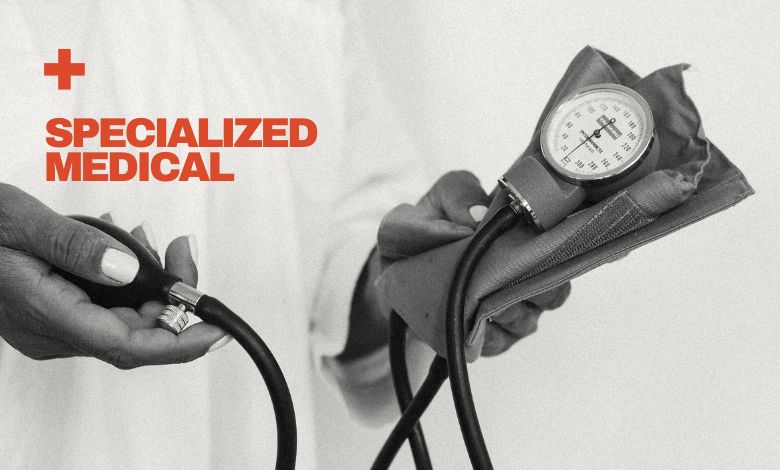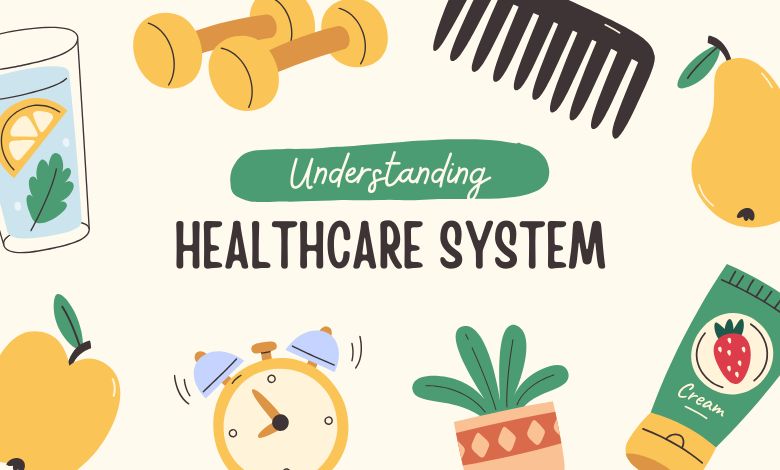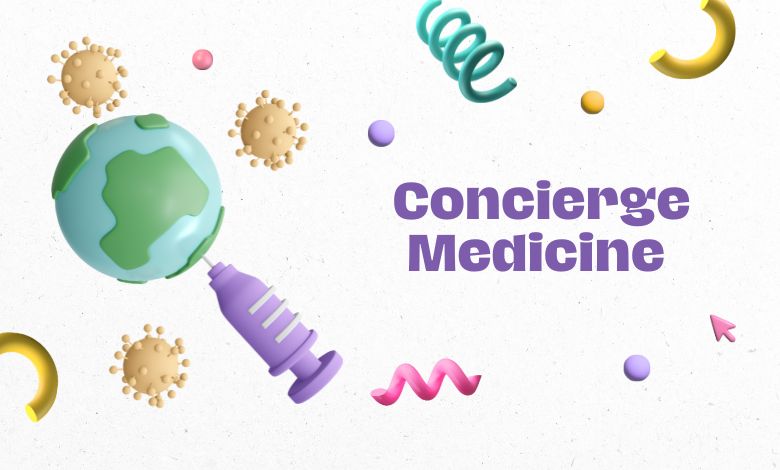The Rising Cost of Prescription Drugs in the U.S.: Causes and Solutions

Prescription drug prices in the United States have become a growing concern for millions of Americans. From lifesaving insulin to common antibiotics, the cost of medications continues to rise at a pace that far outstrips inflation and wage growth. In 2025, the average American spends over $1,500 per year on prescription drugs—more than any other nation. The consequences are stark: many patients are skipping doses, cutting pills, or forgoing treatment altogether because they simply can’t afford it.
So why are prescription drugs so expensive in the U.S.? And what can be done to rein in these costs? Let’s explore the key causes and the solutions being discussed.
I. Causes of High Prescription Drug Costs in the U.S.
1. Lack of Price Regulation
Unlike most developed countries, the U.S. government does not directly regulate the price of prescription drugs. In nations like Canada, Germany, and the U.K., government agencies negotiate drug prices with manufacturers. In contrast, the U.S. allows pharmaceutical companies to set their own prices, which often leads to significantly higher costs.
2. Patent Laws and Market Exclusivity
Drug manufacturers are granted patents and exclusivity periods that prevent competition for many years. While these protections are designed to encourage innovation, they can also be exploited. Companies may make minor changes to a drug’s formulation—known as “evergreening”—to extend their monopoly and delay the introduction of cheaper generics.
3. Lack of Transparency in the Supply Chain
The pharmaceutical supply chain in the U.S. involves multiple players, including manufacturers, pharmacy benefit managers (PBMs), wholesalers, pharmacies, and insurers. Each entity negotiates prices and rebates, but the process is opaque. This lack of transparency can result in inflated prices and hidden costs for consumers.
4. High Cost of Research and Development (R&D)
Pharmaceutical companies often justify high drug prices by pointing to the high costs of R&D. Developing a new drug can take years and cost billions. However, critics argue that much of this R&D is publicly funded or subsidized and that marketing expenses frequently exceed R&D spending.
5. Limited Generic and Biosimilar Competition
Generics and biosimilars (copies of biologic drugs) can significantly lower prices, but in the U.S., there are often delays in their availability due to legal battles, regulatory hurdles, or insufficient incentives for development.
II. Impact on Americans
The consequences of high drug prices are far-reaching:
- Non-Adherence to Medication: Millions of Americans skip doses or don’t fill prescriptions due to cost.
- Financial Hardship: Patients may face debt or deplete savings to afford medications.
- Health Inequity: Lower-income, uninsured, or underinsured populations suffer disproportionately.
- Strained Healthcare System: Poor medication adherence leads to more hospitalizations, complications, and higher healthcare spending overall.
III. Potential Solutions
Policymakers, industry leaders, and advocacy groups are exploring several strategies to address the rising cost of prescription drugs:
1. Medicare Drug Price Negotiation
Under new provisions in recent federal legislation, Medicare has begun negotiating prices for some high-cost drugs. This marks a major shift in U.S. policy and is expected to reduce costs for millions of seniors starting in 2026. Expanding these negotiations to more drugs and other insurance programs could amplify the benefits.
2. Greater Use of Generics and Biosimilars
Encouraging the development and use of generic and biosimilar drugs can provide affordable alternatives to expensive brand-name medications. Streamlining the FDA approval process and discouraging anti-competitive practices can accelerate availability.
3. Capping Out-of-Pocket Costs
Several states and private insurers have implemented or proposed caps on out-of-pocket drug costs for consumers—particularly for insulin and essential medications. This improves affordability and medication adherence for patients.
4. Enhancing Price Transparency
Efforts to require manufacturers and PBMs to disclose pricing data, rebate structures, and R&D costs aim to shine a light on hidden markups and inform better decision-making by providers and patients.
5. Importation of Lower-Cost Drugs
Some states have sought approval to import prescription drugs from countries like Canada, where prices are regulated and significantly lower. While safety and regulatory concerns exist, this strategy could offer short-term relief.
6. Promoting Value-Based Pricing
In a value-based pricing model, drug costs are tied to their effectiveness. If a medication does not deliver promised outcomes, the manufacturer may face penalties or provide rebates. This encourages innovation and accountability.
IV. Conclusion
The rising cost of prescription drugs in the U.S. is a multifaceted issue driven by regulatory gaps, market practices, and a lack of competition. While innovation in medicine has brought incredible advancements, the financial burden on patients cannot be ignored.
As the country continues to debate healthcare reform, drug pricing remains at the forefront of public concern. A combination of policy reform, industry accountability, and consumer advocacy is essential to ensure that all Americans can access the medications they need—without sacrificing their financial security.
With ongoing developments in 2025, including Medicare negotiation and increased pressure for transparency, there is cautious optimism that change is coming. The challenge now is ensuring that those changes deliver real, lasting relief for patients across the nation.



